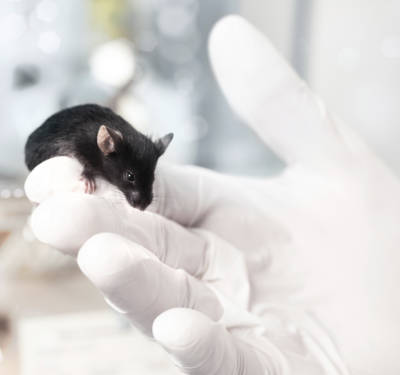Mining minerals from desalination brine in Saudi Arabia
21 December 2025
Published online 12 August 2015
A large number of algorithms can be used to evaluate the toxicity of compounds and identify risks to humans early.

Dozens of teams took part in the challenge, which was organized by the DREAM Challenges initiative, the non-profit Sage Bionetworks, and the US National Institutes of Health. The teams competed to predict how the toxicity of compounds varied between 884 different cell lines on the basis of genetic differences. Overall, the algorithms that the participants developed were more effective at classifying which compounds were cytotoxic than in predicting the level of toxicity.
In the second part of the challenge, teams were tasked with using a compound's structure to predict its average toxicity in a population and the variability of this response. This could help manufacturers evaluate new compounds before submitting them for expensive testing procedures.
Analysis of the results revealed that the aggregated predictions of all the algorithms were generally more robust than the individual algorithms. “The poor methods included in the aggregation degrade the performance less than the gain derived from the inclusion of good methods,” explains Federica Eduati, one of the study's lead authors. “This 'wisdom of the crowds' approach is particularly important in a real life situation.”
doi:10.1038/nmiddleeast.2015.136
Stay connected: